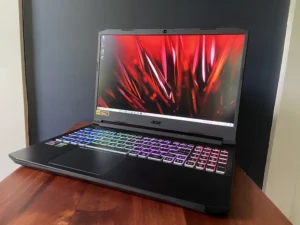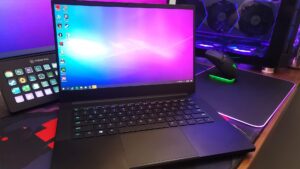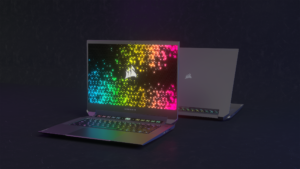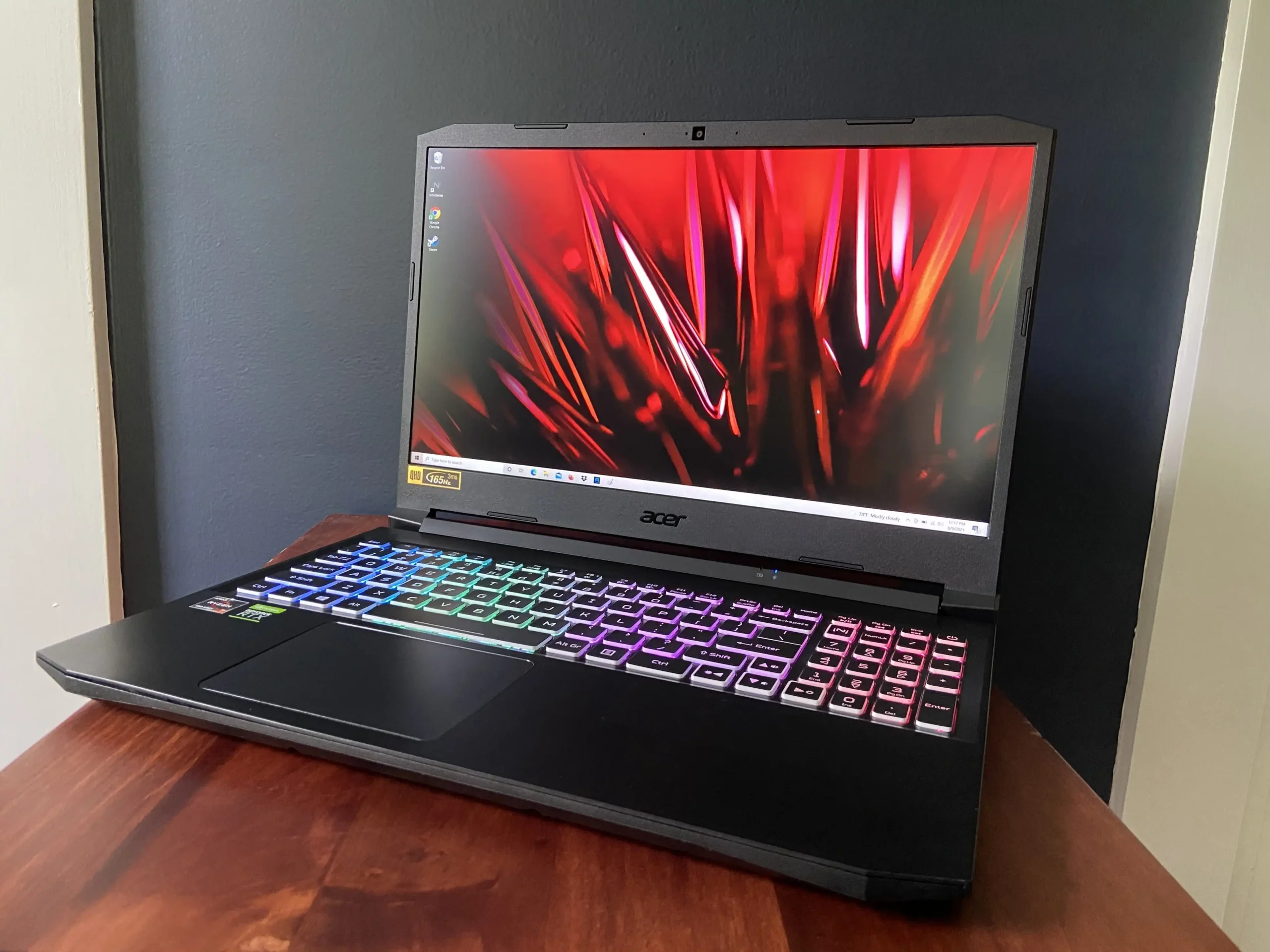Gaming laptops offer a convenient way to play PC games while on the move and provide a more compact alternative to desktop PCs. However, when choosing the right gaming laptop, factors beyond raw power and specifications must be considered. Many crucial aspects aren’t adequately covered by a simple list of features.
While a gaming laptop might boast impressive specs like a powerful graphics card, solid-state drive, and processor, its actual performance can suffer if its components are prone to overheating or if it throttles performance to prevent heat-related issues. Additionally, while external mechanical keyboards with per-key RGB backlighting aren’t always used, the tactile feel of a laptop’s WASD keys is important.
Quality comes at a cost, but even with a tight budget, strategic compromises can be made. Opting for upgradable components or accepting a lower-resolution screen with a slower refresh rate can help reduce the initial cost while maintaining a satisfying gaming experience. Furthermore, advancements in cloud gaming allow for playing a wider range of games on less powerful hardware, potentially eliminating the need for a high-budget laptop. However, keep in mind the subscription fees associated with cloud gaming.
Below are our recommended gaming laptop options. This list is regularly updated to reflect the latest products as we test and review them, helping you find the perfect gaming laptop for yourself.
Acer Nitro 5

Best budget option with a larger screen
The Acer Nitro 5 comes in both 17.3-inch and 15.6-inch sizes. The 17-inch version offers an immersive gaming experience, which is rare among budget gaming laptops. Starting at under $900, the 17-inch variant features an AMD Ryzen 5 5600H, 1080p display, and GTX graphics, with the option to upgrade for better performance.
Dell G15

Top budget gaming laptop
The Dell G15 has been a favorite among budget gaming laptops and now has a 16-inch G16 version alongside the veteran 15-inch G15. While the G15 offers great value, the G16, for a slightly higher cost, ensures better longevity. It’s recommended to wait for sales to purchase higher-end models, as the base model includes only an RTX 3050.
Alienware m18

High-performance laptop with a large screen
The m18 boasts an 18-inch display and can be configured with high-end components like an RTX 4090 and Core i9-13900HX, although this can significantly increase the price. A more budget-friendly option starts at $2,000, featuring an i7-13650HX and RTX 4050.
Razer Blade 14

Best compact gaming laptop
The 14-inch Razer Blade offers impressive gaming power without sacrificing portability. Its compact size, decent battery life, and subtle design make it suitable for various settings, including professional ones.
Corsair a1600

Ideal for mobile streamers
The Corsair Voyager laptops, equipped with Elgato streaming controls and wireless support for Corsair accessories, stand out among streaming laptops. These slim and fast laptops offer exceptional flexibility, with the option to customize configurations through Origin PC.
Asus ROG Flow X13

Optimal balance of portability and gaming performance
The Asus ROG Flow X13 combines a powerful AMD CPU with an external GPU dock, offering flexibility for work and play. As a 13-inch two-in-one laptop, it allows for comfortable use of an external gaming keyboard.
HP Victus 16

Notable alternative budget option
The HP Victus 16 provides an affordable solution for gaming and productivity needs. While spending more may lead to better build quality and audio, the Victus holds its own against more expensive options. Prices start at around $700.
Gaming Laptop FAQs
Is battery life still compromised in gaming laptops?
Battery life in gaming laptops has improved over time, with some models now offering around 10 hours of battery life for non-gaming tasks. While extended gaming on battery power remains limited, advances in power management have made gaming on the go more viable.
How important is a gaming laptop’s CPU?
A gaming laptop’s CPU matters, especially for simulation-heavy games that benefit from faster clock speeds and more cores. Many AAA games are also becoming better at distributing workloads between the CPU and GPU. However, some games, particularly first-person shooters, still do not fully utilize multiple cores.
What should I know about screen size and refresh rate?
Selecting a gaming screen involves considerations like refresh rate and resolution. While flagship models often boast high refresh rates (e.g., 360Hz), 240Hz or even 144Hz is often sufficient for most gamers. There are also 120Hz 4K and 165Hz/240Hz QHD options available, with the choice influenced by game compatibility and personal preference.
What should I consider beyond just speed when evaluating a gaming laptop’s GPU?
The Nvidia GeForce RTX 4090 stands out as the swiftest graphics processor presently accessible in laptops. This model comes in the conventional Max-Q variations, where the Max-Q versions intentionally operate at reduced frequencies than their full-sized counterparts. This strategy mitigates noise and heat concerns while enabling accommodation within sleeker laptop designs. The RTX series GPUs also boast the capability to expedite ray-traced rendering and incorporate intelligent upscaling, commonly referred to as DLSS, in instances where it is explicitly supported.
For those whose preferred games do not harness these features, there’s the option of the Nvidia GTX 1660 Ti. This GPU incorporates Turing, Nvidia’s previous generation technology, sans the additional expense or power consumption attributed to RT cores.
A noteworthy development is the increasing adoption of Nvidia’s Advanced Optimus version of Max-Q. This iteration presents a more sophisticated approach by allowing integrated and discrete graphics to collaboratively share the display pipeline, without necessitating a system reboot. This is a notable improvement over the older version of Optimus, which still persists in many laptops. The older iteration mandates a reboot to toggle between a high-power dedicated GPU mode and a power-conserving mode. In the latter mode, the GPU aids in acceleration but not direct screen rendering. Consequently, each frame traverses from the GPU’s dedicated memory through the system bus to the CPU before finally reaching the screen. This indirect pathway prevents the utilization of adaptive refresh-rate technologies and can potentially detrimentally impact frame rates.
While we’ve yet to assess laptops housing AMD’s latest high-power RX series GPUs such as the RX 7600M, RX 7600M XT, RX 7700S, and RX 7600S, their desktop counterparts from the 7000 series hint at their performance. It’s reasonable to anticipate these GPUs won’t quite match Nvidia’s pinnacles, yet they typically deliver commendable midrange performance. The “S” variations denote lower-power models strategically designed for integration into ultra-slim laptops.
In a separate development, Intel introduced its inaugural Arc discrete high-performance GPUs, although their integration into gaming laptops remains pending.

